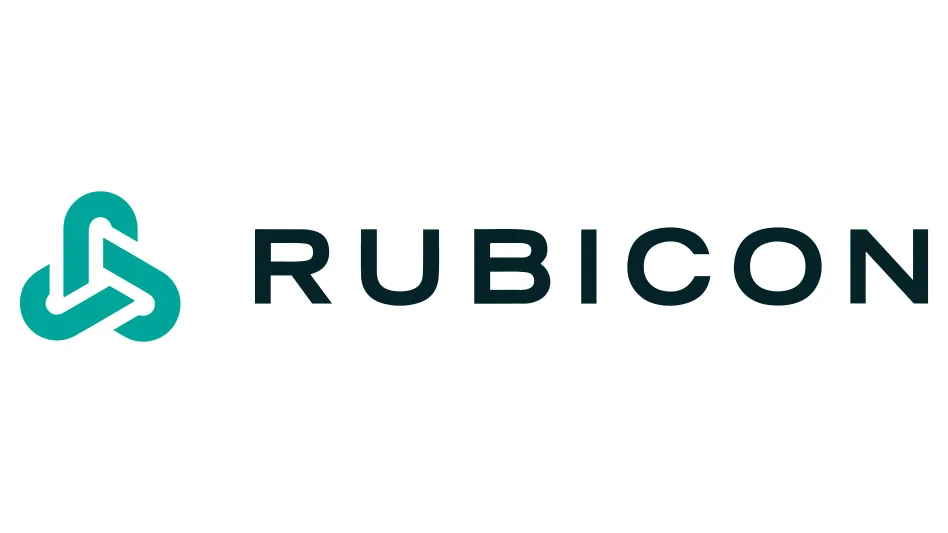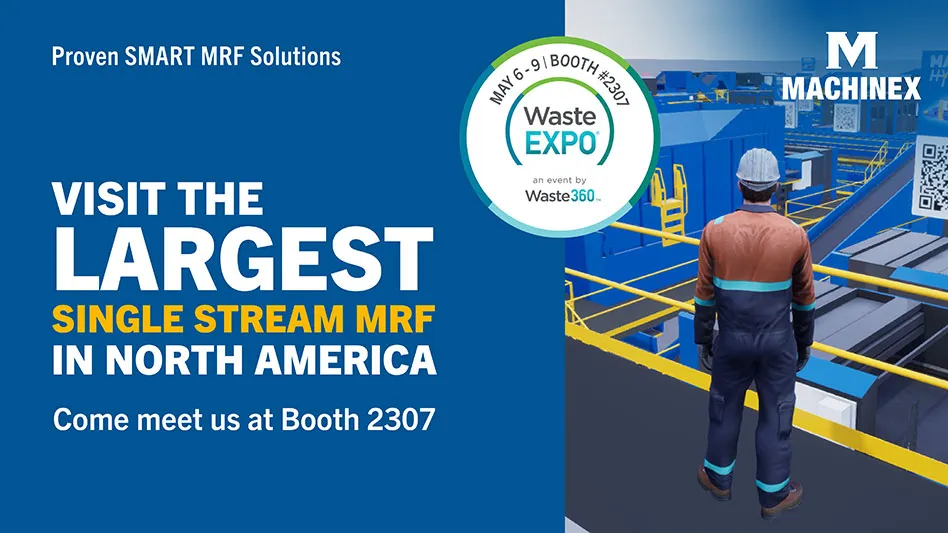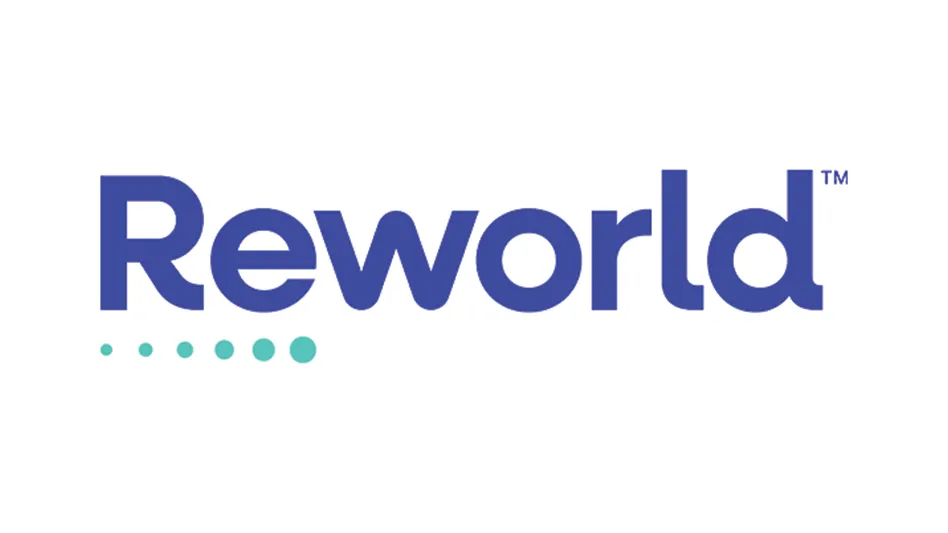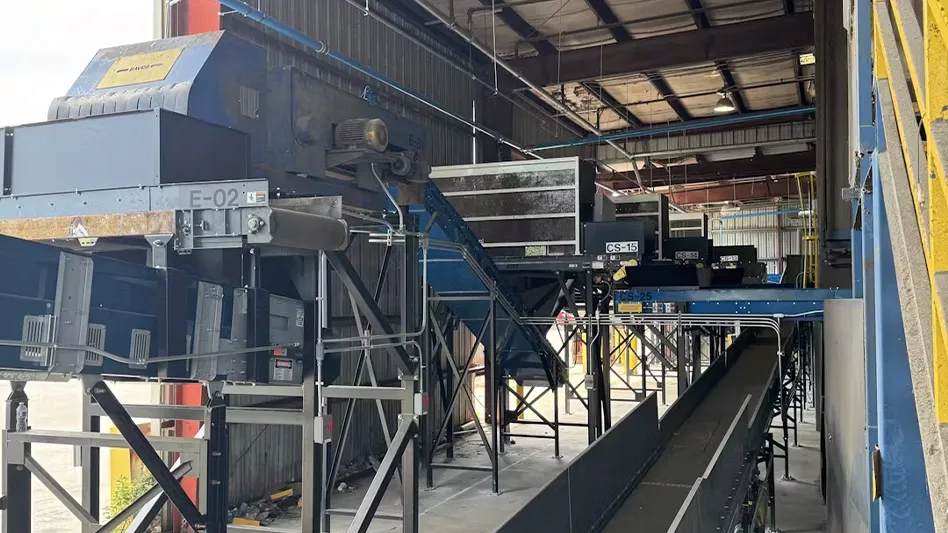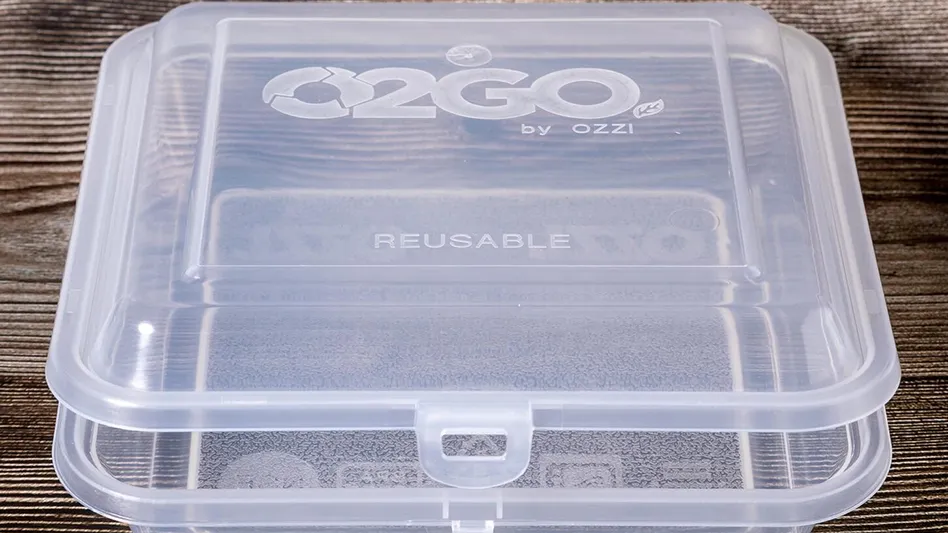In the aluminum scrap sector, contacts report that it’s a seller’s market, as generation remains somewhat lighter than normal though demand has picked up.
“Consumers want to ensure a steady flow of material heading into 2021,” says Chad Kripke, executive vice president of Kripke Enterprises Inc., Toledo, Ohio. The company is a nonferrous scrap brokerage firm that specializes mainly in aluminum. “There is a larger than normal mix of sellers who decided to weigh heavier on the spot market versus contract business for 2021,” he adds. “Scrap processors are feeling confident that 2021 will be the year to regain some leverage. With spreads remaining tight, it is still a seller’s market for the foreseeable future.”
A trader for a multilocation scrap processing and brokerage company headquartered in the Midwest shares Kripke’s enthusiasm for the year ahead. “If we can keep manufacturing humming through COVID, you can argue that demand for scrap will be really strong next year,” he says.
“Scrap processors are feeling confident that 2021 will be the year to regain some leverage. With spreads remaining tight, it is still a seller’s market for the foreseeable future.” – Chad Kripke, executive vice president, Kripke Enterprises Inc., Toledo, Ohio
A contact with a scrap brokerage and trading company with operations primarily on the West Coast also mentions the shift to a seller’s market, noting that also is the case with export. “Reduced flows of scrap have caused spreads to tighten across the board.”
While nonferrous scrap generation has been increasing since the summer, it is not quite back to prepandemic levels. The Midwest-based trader says industrial flows are at 90 percent as of the end of 2020.
Kripke describes obsolete generation as “spotty,” though he adds that it appears to be increasing. “It is difficult to determine what is coming out of the woodwork due to the rise in the market versus what would have otherwise been available had prices stayed stagnant.”
The Midwest-based trader says aluminum scrap is in high demand at secondary smelters that supply the automotive industry. He adds that these consumers have been competitive on mill-grade aluminum scrap, as well. Rolling mills also are demanding aluminum scrap. “Even segs have gotten hot again,” he says, referring to segregated low-copper clips.

According to surveyed pricing data from Fastmarkets AMM, segregated low-copper clips were selling for a U.S. monthly average price of 42 cents per pound in the December 2020 buying period, up from nearly 30 cents per pound in the November buying period.
Kripke says, “Demand for extrusion and common alloys are very strong, and spreads remain very tight. Prices also are rising sharply for secondary grades.”
Red metals demand, whether from domestic or international consumers, is not as robust as that for aluminum. The Midwest-based trader says, “Domestic consumers have been able to buy at whatever spread they think is right.”
Some red metals consumers have been out of the market for the last couple of months, the trader says in mid-December, and another consumer has announced that it will be out of the market in February. Despite that, he adds, “We’re able to sell what we need to.”
Since China began accepting “furnace-ready” nonferrous scrap shipments as of Nov. 1, 2020, the Midwest-based trader says he’s been watching to see how customs clearance is progressing. He explains that he’s not sure how closely inspectors will adhere to the published specifications. His company is not quite ready to begin shipping material there until it has more clarity in this area, the trader adds.

Explore the January 2021 Issue
Check out more from this issue and find you next story to read.
Latest from Recycling Today
- Novelis quarterly, full-year net sales down; CEO reports ‘strong improvements’
- Meeting the decarbonization challenge
- Cyclic Materials expands leadership team
- Paper cup acceptance at US mills reaches new milestone
- EPA announces $3B to replace lead service lines
- AMCS showcasing Performance Sustainability Suite at WasteExpo
- New Way and Hyzon unveil first hydrogen fuel cell refuse truck
- Origin Materials introduces tethered PET beverage cap
